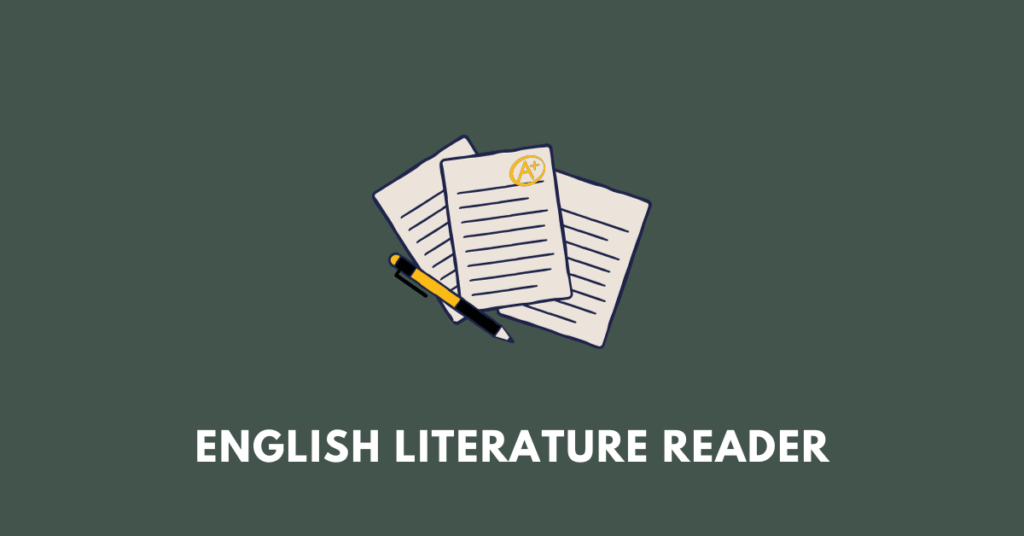We have compiled solutions and summaries for all the chapters (poetry and prose) of BSEM/BoSEM Class 10 English Literature Reader for students studying under the Manipur Board. To access the answers for each chapter, click on the provided link under the respective chapter.
About BSEM Class 10 English Literature
The Class 10 English Literature Reader syllabus by the Board of Secondary Education, Manipur (BSEM), includes a collection of stories and poems that begin with “The Last Lesson” by Alphonse Daudet and moves to the famous tragedy “Macbeth” by William Shakespeare, which deals with themes of ambition and fate.
Rabindranath Tagore’s “The Child’s Return” tells a story of coming back home, while Leo Tolstoy’s “The Imp and The Peasant’s Bread” imparts a lesson on generosity. A.G. Gardiner’s essay “On Saying ‘Please'” highlights the importance of politeness, and Guy de Maupassant’s “The Diamond Necklace” focuses on the consequences of greed and deception. Norman McKinnel’s “The Bishop’s Candlesticks” portrays the transformative power of kindness.
The poetry section features Shakespeare’s “Shall I Compare Thee to a Summer’s Day,” which discusses the idea of eternal beauty. William Wordsworth’s “Three years She Grew in Sun and Shower” and Lord Alfred Tennyson’s “The Charge of the Light Brigade” explore nature’s influence on life and the experience of soldiers in battle, respectively. Khalil Gibran’s “Song of the Flower” reflects on life’s cycles, whereas T.S. Eliot’s “Preludes” and Emily Dickinson’s “A Day” offer observations on everyday life. Vikram Seth’s “The Frog and the Nightingale” is a fable with a moral.
This book serves as a foundation for students to understand different styles of writing and the variety of themes that literature can cover. It also aims to develop their ability to analyze and appreciate literary works, which is a critical skill in education and personal growth.
Get notes of other boards, classes, and subjects
